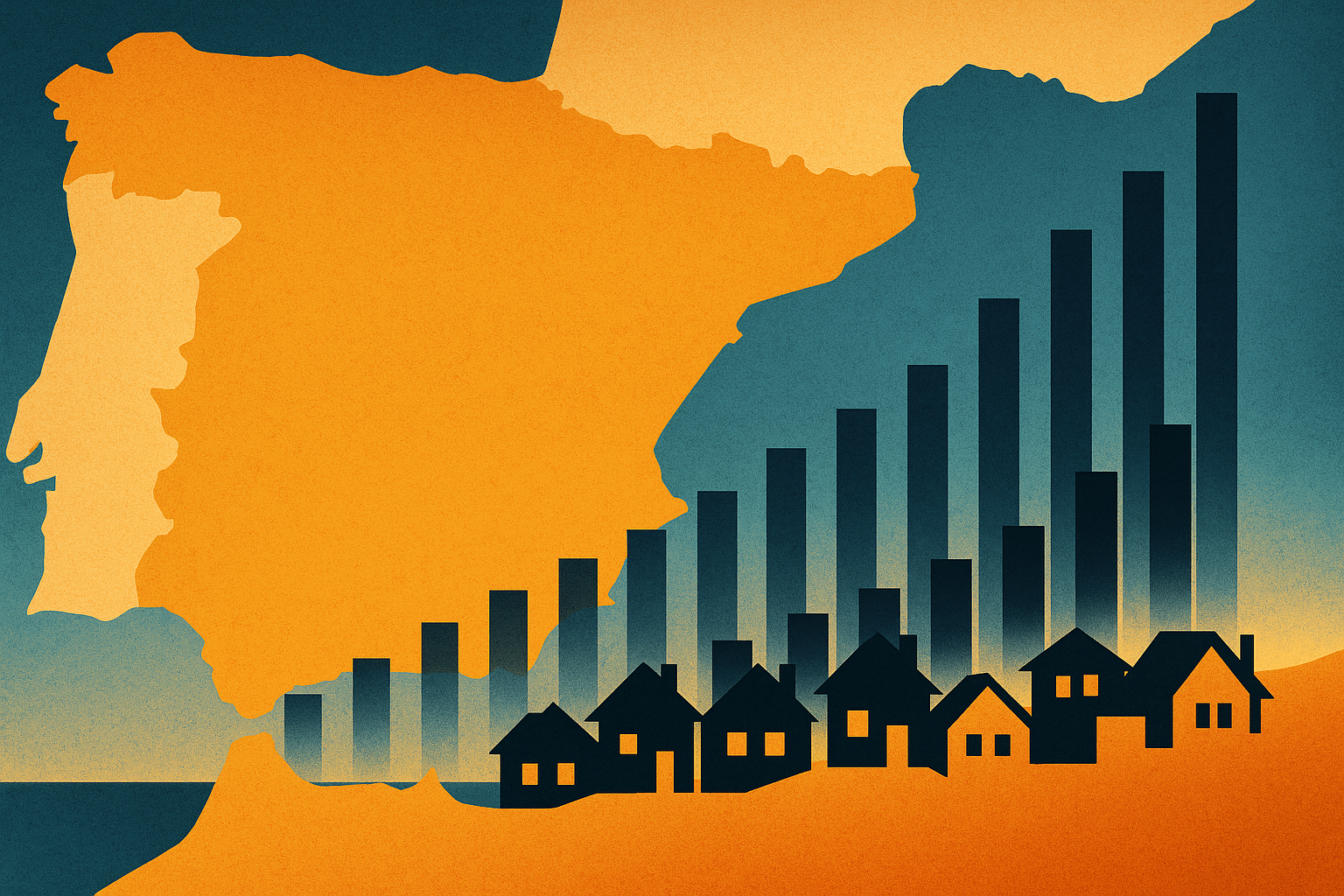THE property market on parts of Spain’s Mediterranean coast is exploding at an eyewatering pace as house prices practically double in two years.
Several expat-heavy municipalities in Alicante and Murcia have recorded jumps of more than 50% year-on-year for non new-build homes.
New figures from Idealista show that two small towns in Alicante’s Vega Baja – Cox (+54%) and Rafal (+53%) – sit at the heart of one of the fastest-moving housing markets in Europe.
Both lie just inland from Torrevieja and Orihuela Costa, two of the most international strips of coastline in Spain, where British, Dutch, Belgian and Scandinavian buyers have returned in force over the past three years.
The surge reflects a dramatic reshaping of the southeast coast as cheap property, good weather and remote working continue to draw in thousands of foreign residents.
Local agents say northern Europeans, Latin American migrants seeking EU residency and Madrid families shifting to the coast are all adding to the pressure.
Across the border in Murcia the pattern is the same.
Torre-Pacheco (+46%) and Fuente-Alamo (+44%) have become some of the country’s fastest-rising markets, fuelled by low starting prices and growing demand around the Mar Menor, a long-standing favourite for British retirees and holiday-home hunters.
The area is now attracting younger remote workers too, creating pockets of intense competition in towns that were once considered quiet and affordable.
Valencia province is also feeling the strain.
La Pobla de Vallbona and Gilet, both up 37%, have been pulled into a suburban wave of demand spreading inland from Valencia city, where expanding foreign communities and rising interest from northern Spaniards have pushed buyers further out.
These Mediterranean municipalities dominate the national ranking, eclipsing most of the rest of the country and setting a new rhythm for Spain’s post-pandemic housing market.
All sit in areas with heavy expat populations, large second-home sectors or rapidly rising international inflows – and all began from comparatively low price levels, making them more vulnerable to sharp jumps when demand spikes.
Only one municipality outside the Mediterranean arc posted a larger increase: Malpica de Bergantinos (+57%) in Galicia.
READ MORE: Arctic blast will cause temperatures to plummet in Costa Blanca and Valencia areas of Spain
Idealista’s regional breakdown shows further strains across Andalucia, Castilla-La Mancha, the Canaries and the Balearics, but none match the scale or concentration of the movements seen from Alicante to Murcia.
The data suggest that Spain’s housing inflation is no longer a national phenomenon but a hyper-local boom, driven by international buyers, remote workers and domestic migration to the coast.
And for many families in the southeast, especially locals earning some of Spain’s lowest regional salaries, the speed and scale of the price rises are beginning to look unsustainable.
Click here to read more Property News from The Olive Press.








